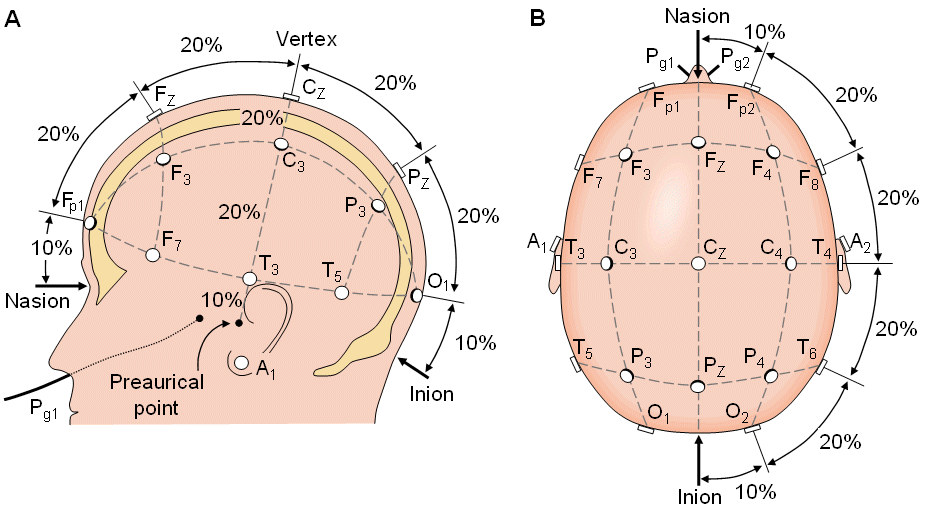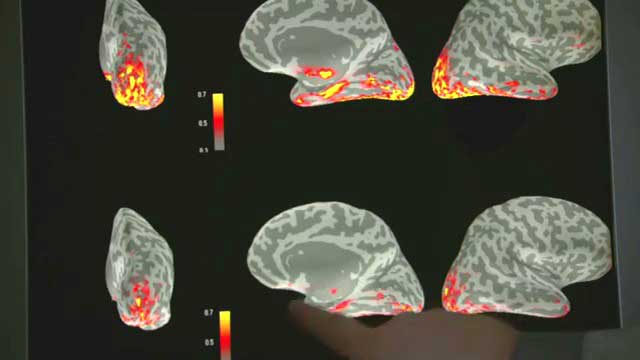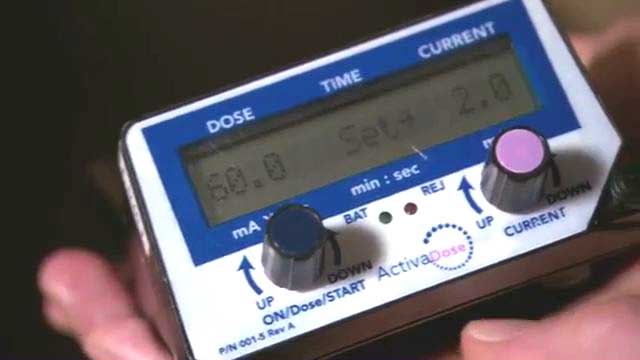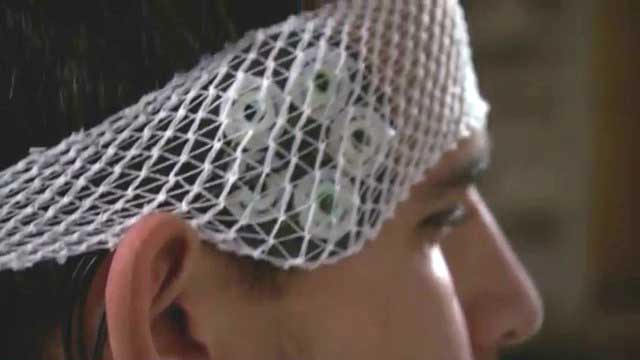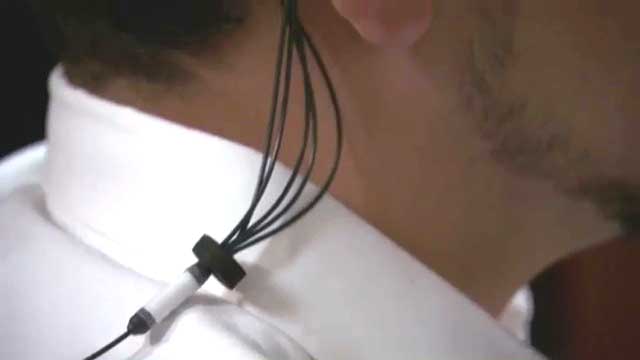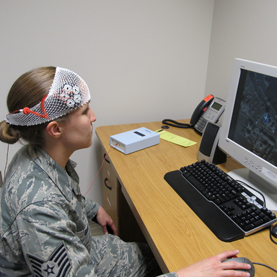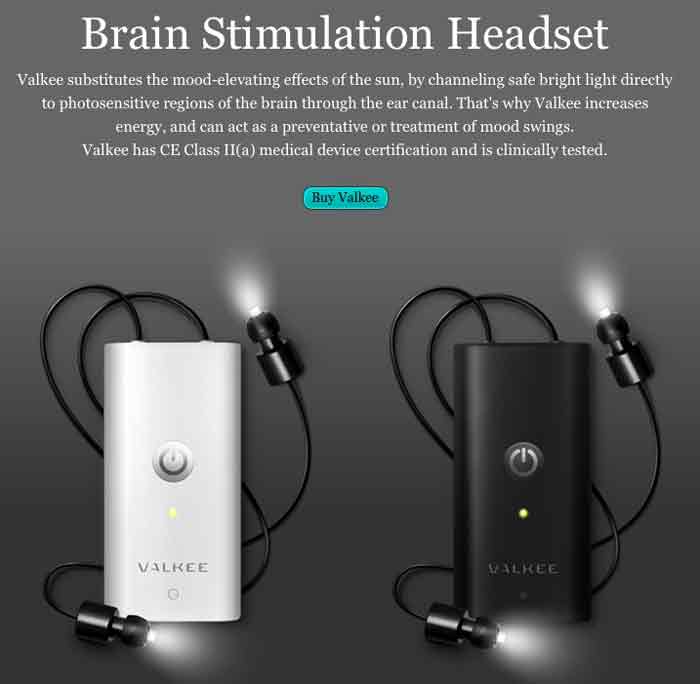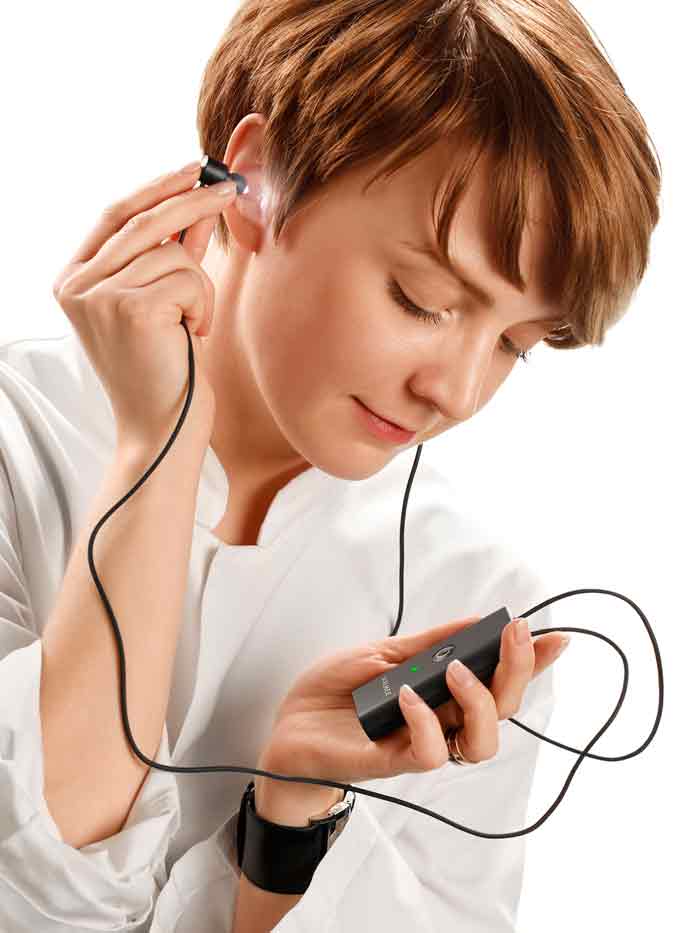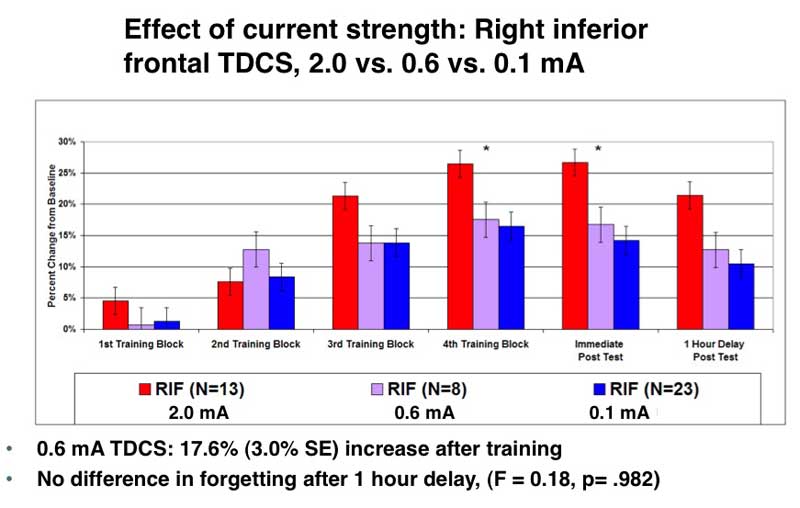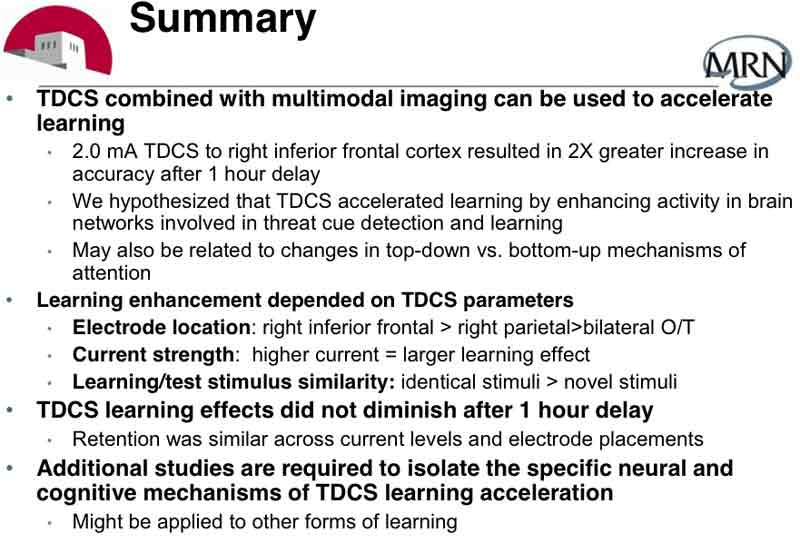[Update 10/19] Dr. Clark’s TEDxUNM just in. tDCS starts around 6:45
Dr. Clark is a pioneer of tDCS research. He recently spoke at TEDxUNM (TED talk at the University of New Mexico). I’m eagerly awaiting a video of his talk and will post it as soon as it becomes available. In the intro to Dr. Clark’s talk I found this amazing story.
You really need to read the full story. It outlines Dr. Clark’s journey to diagnose a rare disease that affected his 9 year old boy. tDCS is one of 3 treatment modalities he discussed in his talk…
Clark is already using tDCS to help treat drug addicts and reduce symptoms in people with Parkinson’s disease. As a part of this research, Clark is examining the ability to use tDCS to treat chronic pain, which he learned about while trying to find ways to reduce the amount of pain Ryan suffered. He’s been collaborating with other research groups that are having success using this procedure to reduce pain.
“It might be the first time that someone has come up with a way to treat pain consistently, but without using a drug,” he added.
Update 10/1/12 Dr. Clark is involved in a new site which “is meant to offer information and links about medical alternatives that are cheaper, safer and more effective than the current standard of care.” SmallerMedicine.com (links to tDCS page).

